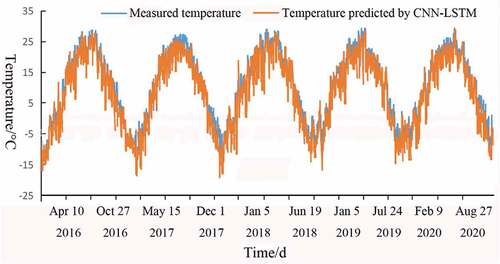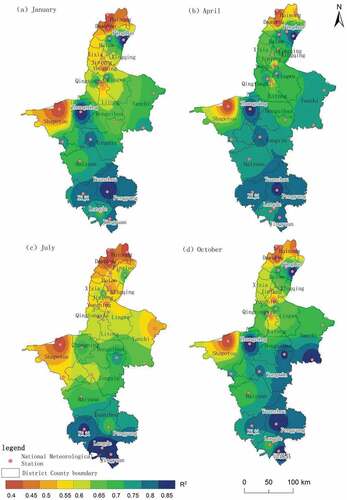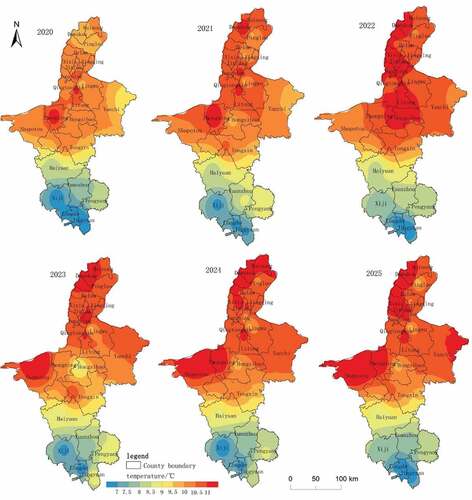Figures & data
Figure 3. The distribution of the annual average temperature in 2016, measured (a) and simulated by the CNN-LSTM (b).
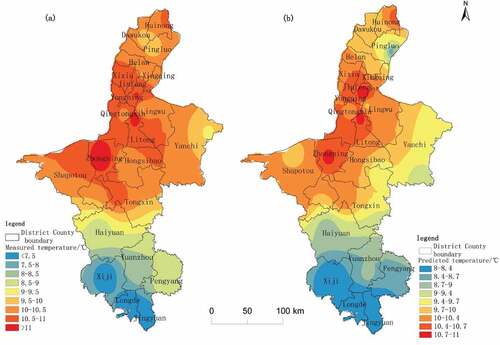
Figure 4. Curves of the observed and simulated annual average temperatures in 2016 at 25 stations in Ningxia.
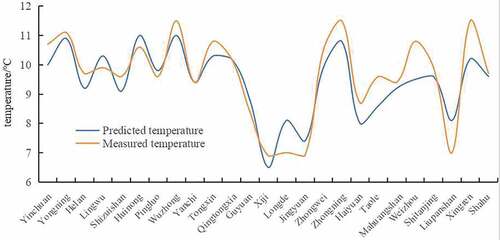
Figure 5. Spatial distribution of R2 between the measured and the simulated temperatures in 2016, as obtained by the CNN (a), LSTM (b), and CNN-LSTM (c).
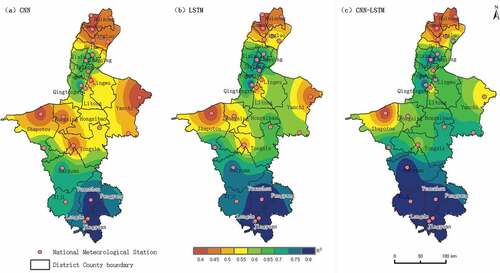
Data Availability Statement
Dataset(s) derived from public resources and made available with the article. The datasets analyzed during the current study are available in the [the National Oceanic and Atmospheric Administration (NOAA) of the United States] repository. These datasets were derived from the following public domain resources: [https://psl.noaa.gov/data/gridded/tables/temperature.html; ftp://ftp.ncdc.noaa.gov/pub/data/noaa/isd-lite/]


